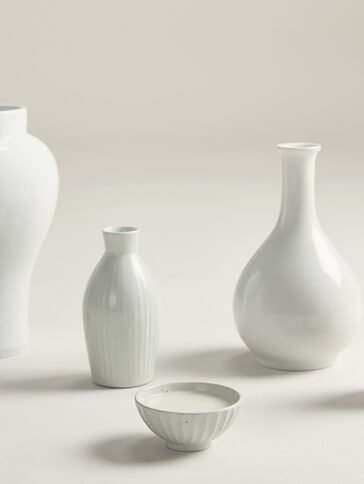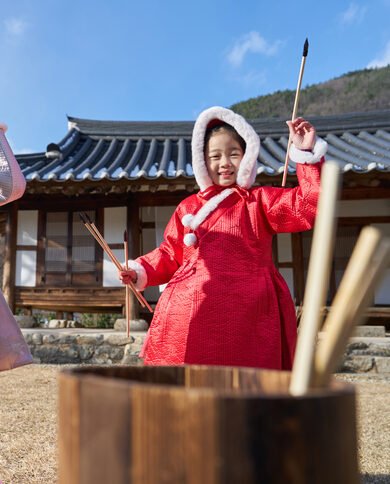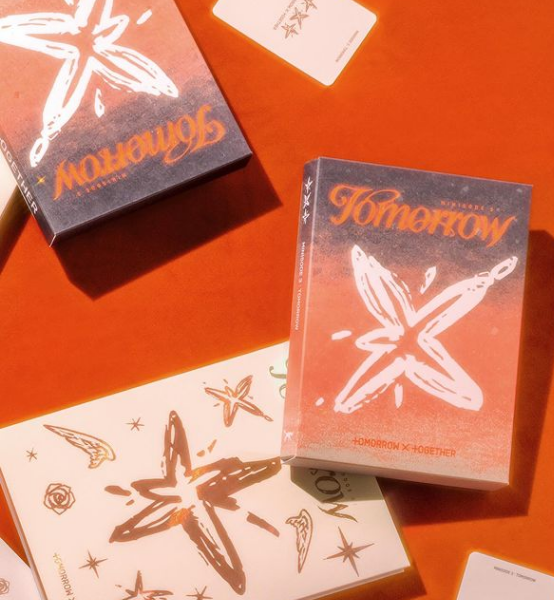Prepare your taste buds for a mouthwatering journey through the vibrant world of Korean cuisine. As you explore the rich flavors of this culinary tradition, you’ll discover that it is more than just a way of sustenance – it is a major aspect of Korea’s national identity. With over 100 types of kimchi, each bursting with its unique combination of flavors, you’ll be amazed at the variety and depth of this quintessential Korean dish. Indulge in a comforting bowl of hangover stew, a popular choice in South Korea’s drinking culture, or savor the unexpected flavor combinations of soft tofu stew. Make sure not to miss out on samgyeopsal, tender pork belly grilled to perfection, a staple at Korean BBQ restaurants. If you’re in the mood for something different, try jjajangmyeon, a popular dish originally from China but adopted and beloved in Korean culture. And what better way to enjoy a meal than with chimaek – the mouthwatering combination of juicy fried chicken and a cold, refreshing beer? If you’re in need of a quick and tasty meal, instant noodles are elevated to new heights in Korea, with creative additions for extra flavor. Embrace the versatility of kimchi stew and army stew, both incorporating the beloved kimchi as a key ingredient. And last but certainly not least, be prepared to be hooked on soy sauce crab, a dish that will leave you craving for more. Get ready to embark on a culinary adventure that will tantalize your taste buds and leave you yearning for a second helping of Korean gastronomy.

Different Types of Kimchi
Introduction to kimchi
Kimchi is a staple in Korean cuisine and is considered a symbol of Korean identity. It is a fermented vegetable dish that has been enjoyed for centuries. Kimchi is made by combining vegetables such as napa cabbage, radishes, or cucumbers with various seasonings, including chili pepper flakes, garlic, ginger, and fish sauce. The mixture is then allowed to ferment, resulting in a tangy and flavorful dish.
Traditional kimchi varieties
There are more than 100 different types of kimchi, each with its own unique flavor and ingredients. Some of the most common traditional kimchi varieties include baechu kimchi (cabbage kimchi), kkakdugi kimchi (radish kimchi), and oi sobagi kimchi (cucumber kimchi). Traditional kimchi is typically made using time-honored recipes and methods, preserving the rich flavors that have been passed down through generations.
Regional variations of kimchi
Kimchi varies across different regions of Korea, with each region having its own take on this beloved dish. For example, in the southern regions of Korea, kimchi is often made with fresh seafood, giving it a unique briny flavor. In the northern regions, kimchi tends to be less spicy and more focused on preserving the natural flavors of the vegetables. Regional variations of kimchi highlight the diverse culinary traditions and ingredients found throughout Korea.
Health benefits of kimchi
In addition to its delicious taste, kimchi offers a range of health benefits. It is packed with vitamins and minerals, including vitamin C, vitamin K, and potassium. Kimchi is also rich in probiotics, which promote a healthy gut microbiome and aid in digestion. The fermentation process of kimchi enhances its nutritional profile and increases the bioavailability of important nutrients. Regular consumption of kimchi has been associated with improved immune function, weight management, and a reduced risk of chronic diseases.
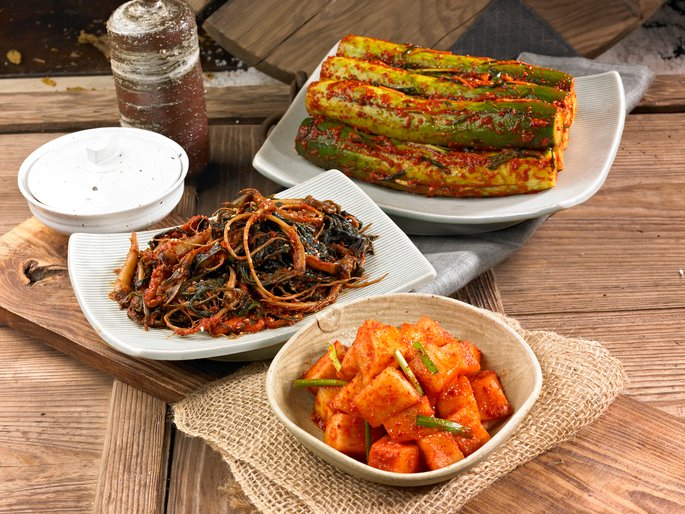
Hangover Stew: A South Korean Essential
Overview of hangover stew
Hangover stew, also known as haejangguk, is a comforting soup that is commonly consumed in South Korea, especially after a night of heavy drinking. The name haejangguk translates to “soup to cure a hangover,” indicating its purpose in alleviating the symptoms of excessive alcohol consumption. Hangover stew is often hearty and flavorful, filled with ingredients that are believed to replenish the body and soothe the effects of a hangover.
Ingredients used in hangover stew
The key ingredients of hangover stew include beef broth or anchovy-kelp stock, various types of meat such as pork, beef, or offal, vegetables like cabbage and bean sprouts, and spices like garlic, ginger, and red pepper flakes. Additional ingredients such as mushrooms, tofu, and rice cakes may also be added for extra flavor and texture. The combination of these ingredients creates a nourishing and satisfying soup that helps relieve the discomfort of a hangover.
Preparation and cooking methods
Hangover stew is typically prepared by simmering the ingredients together in a large pot for an extended period, allowing the flavors to meld together. The cooking process may vary slightly depending on the specific recipe, but it usually involves boiling the broth, adding the meat and vegetables, and letting the stew simmer until all the ingredients are tender and the flavors have fully developed. Hangover stew is often served piping hot with a side of rice.
Social and cultural significance of hangover stew
Hangover stew holds great social and cultural significance in South Korea. It is a dish that is commonly shared among friends and family after a night of drinking, serving as a communal healing ritual. Enjoying hangover stew together helps strengthen bonds and creates a sense of camaraderie. In addition, hangover stew is often seen as a remedy for the ill effects of excessive alcohol consumption, reflecting the importance of balance and moderation in Korean culture.
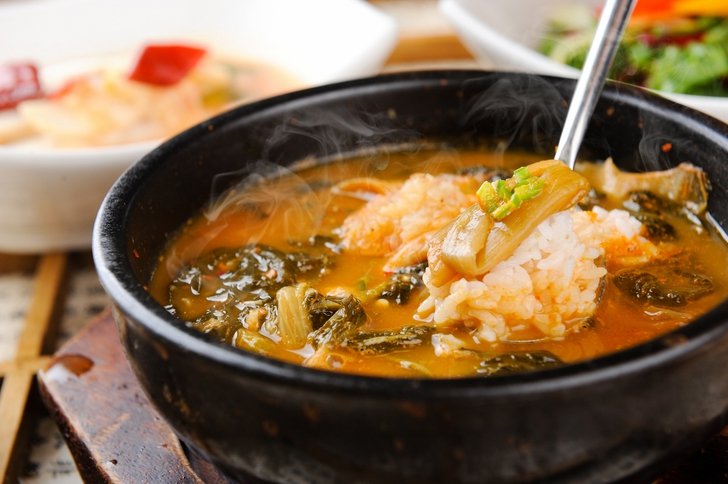
Exploring Soft Tofu Stew
Introduction to soft tofu stew
Soft tofu stew, also known as soondubu jjigae, is a popular and comforting dish in Korean cuisine. It is a spicy stew made with soft tofu, vegetables, and often includes meat or seafood. Soft tofu stew is known for its silky texture and robust flavors. The combination of spicy broth, creamy tofu, and various ingredients creates a satisfying and flavorful dish that is enjoyed throughout Korea.
Unconventional flavor combinations
One of the unique aspects of soft tofu stew is the unconventional flavor combinations it offers. The stew is typically spicy, thanks to the addition of gochujang (Korean chili pepper paste) or gochugaru (Korean chili pepper flakes). However, it is also common to find variations of soft tofu stew that incorporate other ingredients such as kimchi, pork, beef, or seafood. These flavor combinations add depth and complexity to the stew, making it a hearty and savory dish.
Popular variations of soft tofu stew
While the basic components of soft tofu stew remain the same, the variations are endless. Some popular variations include kimchi soft tofu stew (kimchi soondubu jjigae), seafood soft tofu stew (haemul soondubu jjigae), and pork soft tofu stew (sundubu jjigae). Each variation brings its own unique flavors and textures to the dish. Kimchi soft tofu stew offers a tangy and spicy kick, seafood soft tofu stew incorporates the briny flavors of the sea, and pork soft tofu stew adds a rich and savory element.
Tips for making the perfect soft tofu stew
To make the perfect soft tofu stew, it is important to start with high-quality tofu. Soft tofu, also known as silken tofu, is the preferred choice for this stew as it has a delicate texture that pairs well with the bold flavors of the broth. It is also crucial to use fresh ingredients, such as vegetables and proteins, to ensure a vibrant and flavorful stew. Additionally, adjusting the spiciness level and seasoning to personal preference is key in achieving the perfect balance of flavors. Serve the soft tofu stew piping hot with a bowl of steamed rice for a complete and satisfying meal.
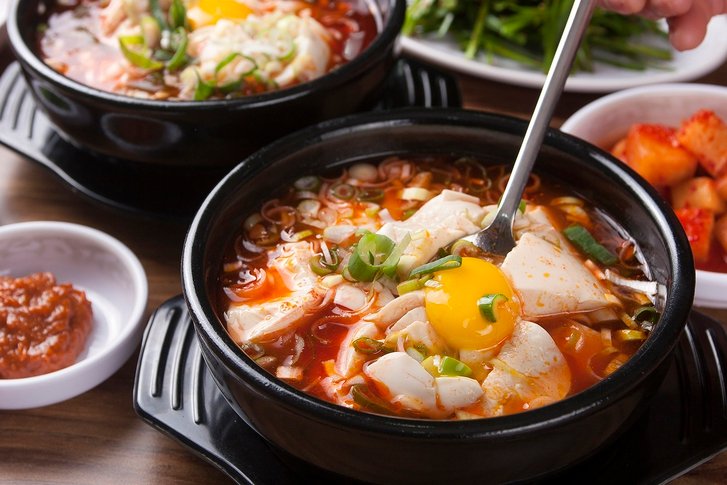
Samgyeopsal: The Beloved Pork Belly
Overview of Samgyeopsal
Samgyeopsal is a beloved dish in Korean cuisine, consisting of grilled pork belly that is often enjoyed as a main course during Korean BBQ meals. It is a popular choice among Koreans and foreigners alike, thanks to its rich flavor and tender texture. The name “samgyeopsal” translates to “three layered flesh,” referring to the layers of meat and fat that make pork belly such a succulent and decadent cut of meat.
Korean BBQ culture and Samgyeopsal
Samgyeopsal holds a special place in Korean BBQ culture. Korean BBQ restaurants often feature built-in grills at each table, allowing diners to cook their meats to their preferred level of doneness. Samgyeopsal is typically grilled until crispy on the outside while retaining juiciness on the inside. This interactive dining experience enhances the enjoyment of samgyeopsal, as diners have the opportunity to cook and customize their meat to their liking.
Marinades and seasonings for pork belly
While the natural flavors of pork belly shine on their own, marinating the meat can elevate its taste even further. Common marinades for samgyeopsal include soy sauce-based marinades, garlic-infused marinades, and spicy gochujang-based marinades. These marinades add depth and complexity to the pork belly, infusing it with savory, sweet, and tangy flavors. Seasonings such as salt and pepper may also be used to enhance the natural taste of the meat during the grilling process.
Accompaniments and side dishes for Samgyeopsal
Samgyeopsal is often enjoyed with a variety of accompaniments and side dishes, creating a balanced and complete meal. Some popular choices include lettuce leaves, which are used to wrap the grilled pork belly along with dipping sauces such as ssamjang (a mixture of fermented soybean paste and gochujang), sesame oil with salt, or freshly squeezed citrus juice. Additional side dishes like kimchi, pickled radishes, and steamed rice complete the dining experience, offering a range of flavors and textures to complement the rich and savory pork belly.
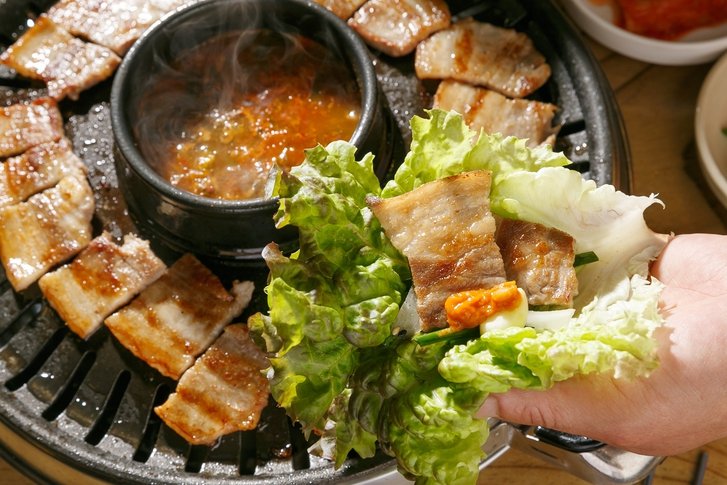
Jjajangmyeon: From China to Korea
Origins of Jjajangmyeon
Jjajangmyeon is a well-loved Korean dish that has its roots in Chinese cuisine. It was originally introduced to Korea by Chinese immigrants and has since become a local favorite. Jjajangmyeon consists of thick wheat noodles topped with a savory black bean sauce, often accompanied by diced vegetables and diced pork or seafood. The flavors of the black bean sauce give the dish a rich and umami taste that is both satisfying and comforting.
Traditions and customs surrounding Jjajangmyeon
Jjajangmyeon is not only a delicious dish but also holds cultural significance in Korea. It is often associated with special occasions and milestones, such as birthdays and graduations. In Korean culture, it is customary for individuals to eat jjajangmyeon on their black noodle day, which is celebrated on April 14th. This tradition symbolizes the idea of starting a new year and wiping away the past. Jjajangmyeon is also a popular choice for takeout and delivery, making it a convenient and comforting meal option.
Variations of Jjajangmyeon
While the classic version of jjajangmyeon features the traditional black bean sauce and diced vegetables, variations of the dish can be found throughout Korea. Some popular variations include seafood jjajangmyeon, which incorporates various types of seafood like shrimp, squid, and mussels into the sauce, and spicy jjajangmyeon, which adds a kick of heat with the addition of gochujang or gochugaru. These variations offer different flavor profiles, allowing individuals to choose the one that suits their preferences.
Tips for enjoying Jjajangmyeon at home
Jjajangmyeon can be enjoyed at home by preparing the black bean sauce from scratch or by using pre-packaged jjajang sauce that can be easily found in Korean grocery stores. When cooking the noodles, it is important to follow the instructions and cook them until they are al dente to ensure the perfect texture. When assembling the dish, be generous with the black bean sauce and mix it thoroughly with the noodles and vegetables for an even distribution of flavors. Jjajangmyeon is often garnished with sliced cucumber or green onions for a fresh and crunchy element. Enjoy this comforting dish with a pair of chopsticks for an authentic Korean dining experience.
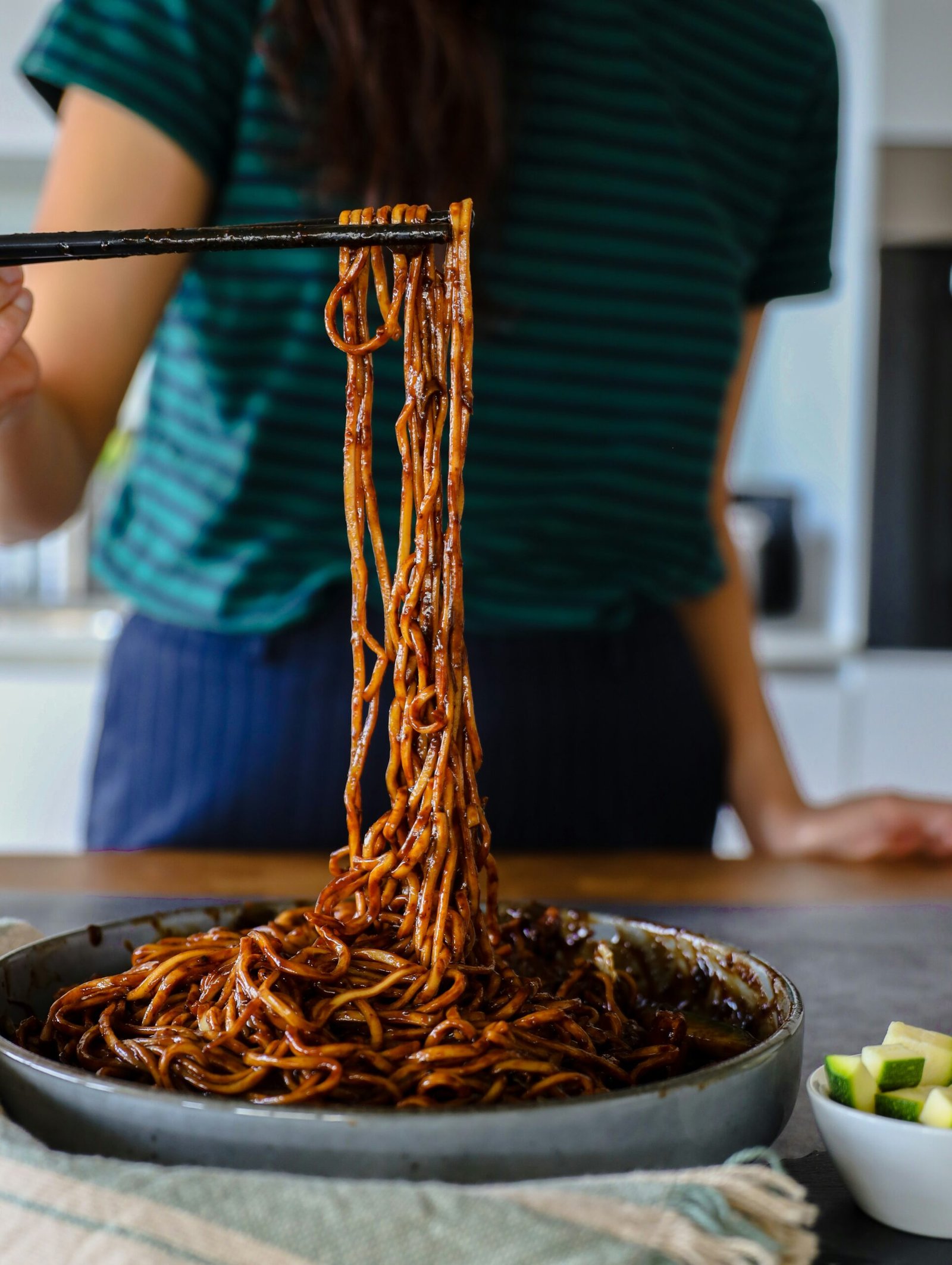
Chimaek: The Ultimate Fried Chicken and Beer Combo
History and popularity of Chimaek
Chimaek, a combination of the words “chicken” and “maekju” (Korean for beer), refers to the beloved pairing of fried chicken and beer. This cultural phenomenon gained immense popularity in Korea starting in the late 20th century and has since become a significant part of Korean food culture. Chimaek is often enjoyed at outdoor food stalls, known as pojangmacha, or at specialized fried chicken restaurants across the country.
Different styles of fried chicken
Korean fried chicken is known for its crispy and crunchy texture, which is achieved through a unique frying method. The chicken is typically double-fried, resulting in a thin and delicate outer crust that remains crispy even when coated in sauce. There are two main styles of Korean fried chicken: yangnyeom chicken, which is coated in a sweet and spicy sauce, and plain fried chicken, which is seasoned with salt and pepper. Both styles offer their own distinct flavors and textures, catering to different taste preferences.
The perfect beer pairing for Chimaek
When it comes to choosing the right beer to accompany fried chicken, Koreans often opt for light and refreshing options. Lager-style beers, such as Korean pale lagers or pilsners, are the most popular choices. These beers have a crisp and clean taste that complements the rich flavors of the fried chicken, providing a palate-cleansing effect between bites. Some people also enjoy pairing Chimaek with fruity and citrusy beers to add a refreshing twist to the combination.
Homemade Chimaek recipes
While Chimaek is commonly enjoyed at restaurants or food stalls, it is also possible to recreate this delightful combination at home. There are numerous recipes available that provide step-by-step instructions for making crispy fried chicken, as well as various sauces to coat the chicken. Experimenting with different sauces and seasonings allows individuals to customize their Chimaek experience based on their preferences. Pair the homemade fried chicken with a cold beer of choice, and enjoy the comfort and satisfaction of Chimaek in the comfort of your own home.

Instant Noodles: Elevating the Flavor
Overview of instant noodles in Korea
In Korea, instant noodles, known as ramyeon, hold a special place in the hearts and stomachs of many. Instant noodles were first introduced to Korea in the 1960s and quickly gained popularity due to their convenience and affordability. Today, instant noodles are a staple in Korean households and offer a quick and satisfying meal option for people of all ages.
Creative additions and enhancements
While instant noodles can be enjoyed straight out of the package, Koreans often take their instant noodle game to the next level by adding various ingredients and enhancements to elevate the flavor. Common additions include sliced vegetables, such as carrots, mushrooms, and green onions, which add freshness and texture to the noodles. Proteins like sliced beef, pork, or seafood can also be added for extra substance and flavor. Additionally, a soft-boiled egg, kimchi, or sesame oil can be used to garnish and enhance the overall taste of the dish.
Unique regional instant noodle flavors
Different regions in Korea have their own unique instant noodle flavors, showcasing the diversity and creativity of Korean cuisine. For example, Jjapaguri, a combination of two popular instant noodle brands, became widely known after its appearance in the critically acclaimed film “Parasite.” This dish combines the flavors of Neoguri, a spicy seafood-flavored noodle, and Chapagetti, a black bean sauce noodle, resulting in a unique and flavorful fusion. These regional flavors add excitement and intrigue to the instant noodle experience, allowing individuals to explore the culinary landscape of Korea without leaving their homes.
Healthier alternatives to instant noodles
While instant noodles are convenient and flavorful, they are often criticized for their high sodium and calorie content. For those looking for a healthier alternative, there are options available that offer lower sodium and reduced fat versions of instant noodles. Some brands even offer noodles made from healthier ingredients, such as whole grains or sweet potatoes. Additionally, individuals can customize their instant noodle experience by adding more vegetables and lean proteins to increase the nutritional value of the dish. With a few modifications, instant noodles can be enjoyed as part of a balanced and nutritious meal.
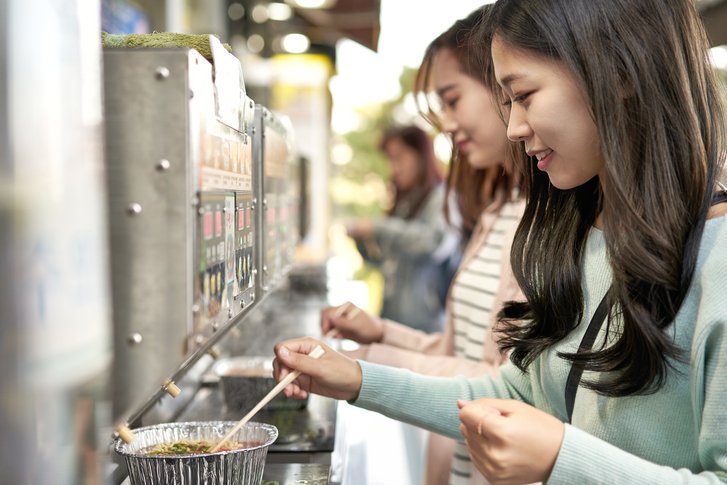
Versatile Kimchi Stew and Army Stew
The versatility of kimchi in stews
Kimchi stew, also known as kimchi jjigae, is a versatile and flavorful dish that can be customized based on personal preferences and available ingredients. The use of kimchi as a base in the stew provides a tangy and spicy flavor that is characteristic of Korean cuisine. Kimchi stew can be made with a variety of additional ingredients, such as tofu, pork, beef, or seafood, making it a versatile and adaptable dish suitable for different dietary preferences.
Traditional and modern variations of kimchi stew
There are both traditional and modern variations of kimchi stew, each with its own unique flavors and ingredients. Traditional kimchi stew often features commonly available ingredients like pork belly, tofu, and green onions. Modern variations may incorporate ingredients such as instant ramen noodles, cheese, or bacon for added richness and variety. These variations allow individuals to create their own twist on kimchi stew, tailoring it to their taste preferences and incorporating different textures and flavors.
Ingredients and flavors of army stew
Army stew, also known as budae jjigae, is a popular variation of kimchi stew that originated during the Korean War. It was created using surplus military rations, hence the name “army stew.” Army stew combines traditional Korean ingredients, such as kimchi, tofu, and vegetables, with American processed foods like sausages, Spam, and baked beans. The resulting stew is a fusion of flavors and cultures, offering a unique taste that is both comforting and nostalgic.
Sharing and communal aspect of these stews
Both kimchi stew and army stew are often enjoyed in a communal setting, highlighting the importance of sharing food in Korean culture. Large pots of stew are placed in the center of the table, and diners serve themselves from the communal pot. This communal dining experience fosters togetherness and creates a sense of unity among the participants. Sharing a warm and comforting stew enhances the social aspect of the meal and encourages conversation and connection.
Soy Sauce Crab: An Addictive Delicacy
Introduction to soy sauce crab
Soy sauce crab, also known as ganjang gejang, is a popular delicacy in Korean cuisine. It consists of fresh, raw crabs marinated in a soy sauce-based mixture, resulting in a unique and addictive flavor. Soy sauce crab is often enjoyed as a side dish or appetizer and is known for its rich umami taste and tender texture.

Popular cooking methods for soy sauce crab
The most common cooking method for soy sauce crab involves marinating the live crabs in a mixture of soy sauce, garlic, ginger, and other seasonings. The crabs are then left to ferment in the marinade for several hours or overnight, allowing the flavors to penetrate the meat and enhance its taste. Some variations of soy sauce crab may involve lightly steaming the crabs before marinating to partially cook them, resulting in a slightly different texture and flavor.
Accompaniments and side dishes
Soy sauce crab is often served as part of a larger meal, accompanied by various side dishes and condiments. Common side dishes include kimchi, pickled radishes, and steamed rice. The tangy and spicy flavors of the side dishes complement the richness of the soy sauce crab, creating a balanced and satisfying dining experience. Soy sauce crab is best enjoyed with a pair of chopsticks, allowing diners to savor the delicate meat and enjoy the delicious marinade.
Tips for enjoying soy sauce crab
When enjoying soy sauce crab, it is important to savor the delicate flavors and textures. Take your time to peel and eat the crab, extracting the tender meat from the shell. For those who prefer a spicier kick, add a touch of gochugaru (Korean chili pepper flakes) or gochujang (Korean chili pepper paste) to the crab for an extra punch of flavor. Pair soy sauce crab with a glass of chilled beer or traditional Korean rice wine (makgeolli) for a delightful combination that enhances the overall dining experience.


